
Bodzanów
Elaboration author
Artur Karpacz
Monuments
Parishes
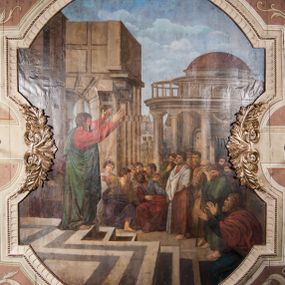
St. Paul's Sermon in Athens
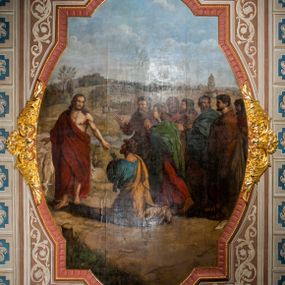
Delivery of the Keys to St. Peter
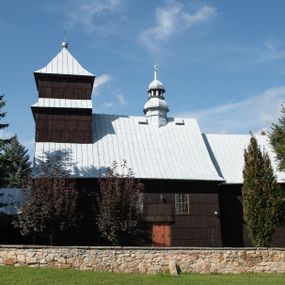
St. Peter and Paul the Apostles Church

Crucifix
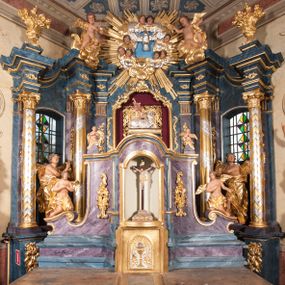
High altar
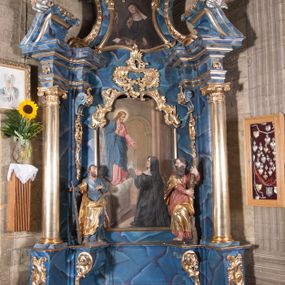
Side altar
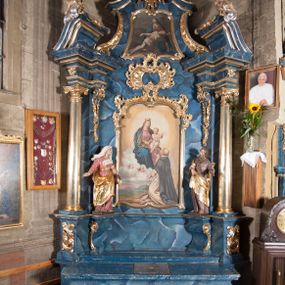
Side altar
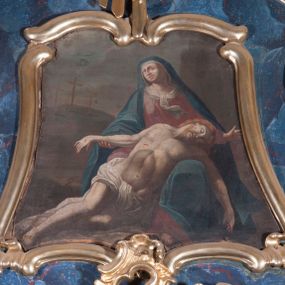
Pietà
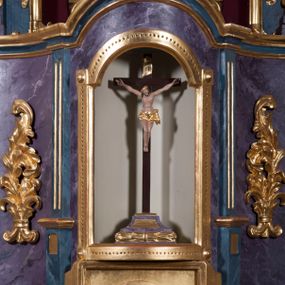
Church tabernacle with monstrance throne
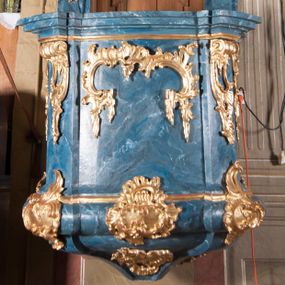
Pulpit
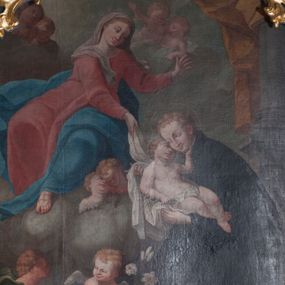
St. Stanislaus Kostka with the Child and Virgin Mary

Adoration of Our Lady by St. Joseph Calasanz
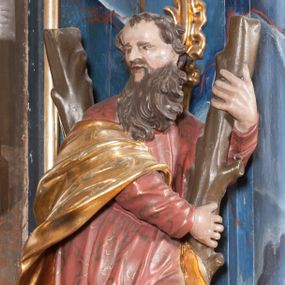
St. Andrew
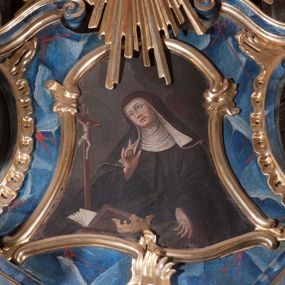
St. Kinga of Poland
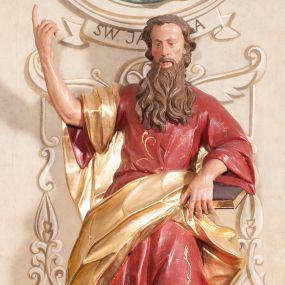
St. Paul
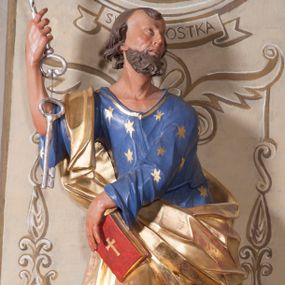
St. Peter
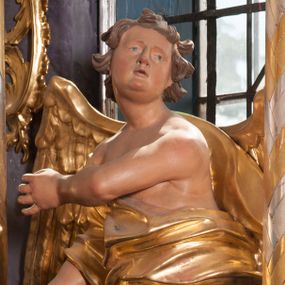
Pair of Angels
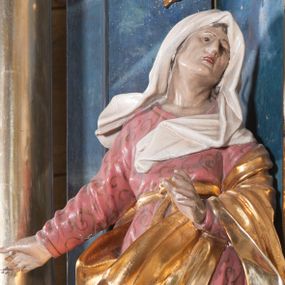
St. Anne
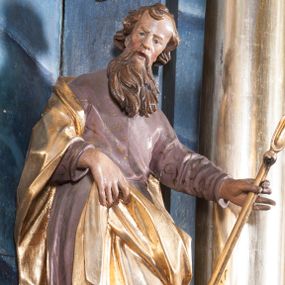
St. Joachim
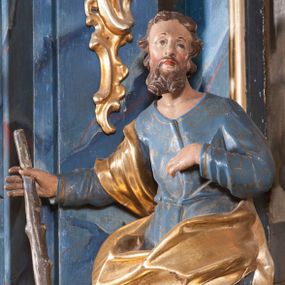
St. Judas Thaddaeus
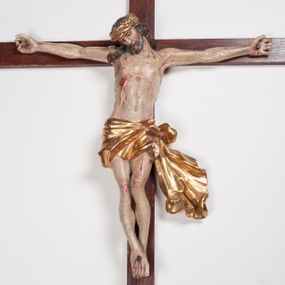
Crucifix
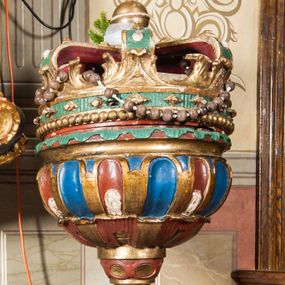
Baptismal font
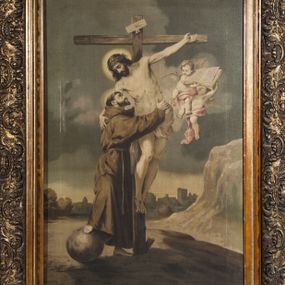
St. Francis embracing Christ on the Cross
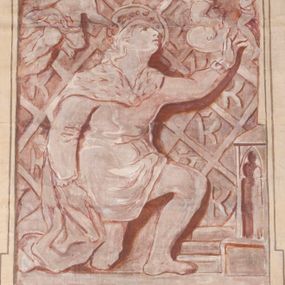
Wall polychrome
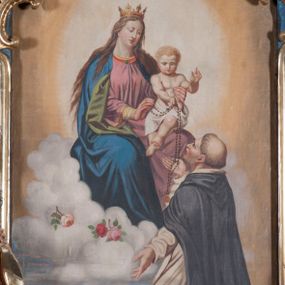
Our Lady of the Rosary and St. Dominic

The Vision of St. Margaret Mary Alacoque
History abstract
From the very beginning of its existence, Bodzanów was an important village in the region. It was ruled by the village leaders until the end of modern times by the power given to them by the Benedictine Monastery in Tyniec. After the First Partition of Poland, the dominion was passed several times to the Polish nobility and the Austrian military (families: Lipnicki, Byland, Chroszczowski and Wojciechowski). In 1874 the estate was purchased by the sisters of the Benedictine Monastery in Staniątki. At the turn of the 19th and 20th centuries an effort was made to establish a folk school, which became possible in 1908 thanks to the initiative of Jan Wlazło, a long-time and meritorious teacher. A few years later, together with Andrzej Brożyna from the Polish People's Party "Piast", he founded in the village a credit union, a farmers' association and a reading room. After the subdivision of part of the property of the Staniątecki Monastery in 1928, Jan Wlazło created a flower and vegetable garden in the village, from which part of the income was allocated to the school and the aforementioned union. In the 1930s there was a brass band and a theatre club in Bodzanów, whose performances were interrupted by World War II. After 1945 the construction of a new school was planned, which only took place within the framework of the programme for the celebration of the millennium of Poland.
Historic maps
How to cite?
Artur Karpacz, "Bodzanów", [in:] "The Sacred Lesser Poland Heritage", 2026, source: https://sdm.upjp2.edu.pl/en/places/bodzanow